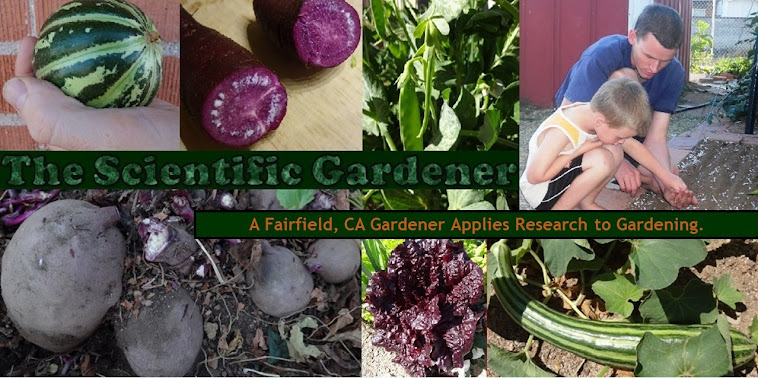Gardeners are often required to grow out their vegetable varieties to keep each kind of seed they have viable. Though there are many charts available online to help gardeners determine how long they can expect their seeds to last after harvest, many of these charts don’t help gardeners who may want to only grow their harvest out to seed every other year, instead of every year. What if I don’t want to grow onions or parsnip every year – does this mean that I have to buy new seed each time or anticipate that only half my seed will germinate after being stored for 2 years?
| Some supplies for Long-term storage of vegetable seeds |
Gardeners frustrated with the idea of growing out vegetable varieties just to preserve their hard-earned seed may take comfort in knowing that there are other alternatives out there. A few of the options to extend seed life include desiccating (or drying out) seed, storing seed in airtight containers and storing the seed at very low temperatures.
| Silica Gel Beads from Southern Exposure Seed Exchange |
Before putting seeds in a container, they need to be dried out properly. The reason they need to be dried is so that the seed's cell walls do not expand and burst when being frozen. Most garden seed uses moisture as one of the triggers to know when to begin the plant’s growth. However, when moisture is present without the presence of other growing conditions, moisture can cause vegetable seed age more quickly and, over time, the seed will fail to germinate. While several methods of drying seeds out exist, it is often difficult to know exactly how dry seeds are without the use of some form of material to desiccate the seeds. In order to prepare seed many seed-savers are now utilizing silica gel (or beads) to ensure that their seeds are dried out properly before moving their seeds into long-term storage. This is similar to the silica gel you may find in a container with new shoes, however this gel is used for garden applications. The silica gel is able to bring the seeds to a 2-3% moisture rate. I obtained my silica gel from Southern Exposure Seed Exchange. They sell a food-grade silica bead that is much safer to use around food than other varieties. When drying out seeds I put an equal amount of seeds, per weight, as silica beads in a glass jar to dry out. Note: if your seeds are already dry then be careful of drying them out any more! Over-drying seed can desiccate them so much that it can kill the seed.
Once dried properly, the seeds should be kept in an airtight container to keep out the moisture. Although polyurethane (plastic) bags are often used to store seeds, these bags often let in small amounts of water. As a result, though storing seeds in plastic bags might be better than storing them in the open air, storage in glass jars with airtight lids will make the seeds last much longer. If mason jars are used, a new or unused seal is recommended for greater protection from leaking. There are other storage methods that are used, including metal lined polymer bags. In general, the less the container that stores seed leaks - the longer the seeds will last. One research-based online article tells of several good ways to store seeds.
| Putting orange-to-green silica beads and seeds in jar |
| Storage container ratings from McCormack, 2004. |
There are a number of studies that show that frozen seed can last longer than seed that is stored at room temperature including one from North Carolina State University and another one from a journal entitled Cryobiology. Additionally, some seed may be supported, rather than hindered, by being frozen. However, any seed that cannot be dried properly should not be frozen. When seeds with excess water content are frozen, the expanding water can damage the cell walls of the seed, causing the seed to be damaged and unusable. Remember that excessive desiccation of seed can lead to seed mortality as well.
| Freezing Vegetable Seeds can help them last longer |
Many gardeners have noted that properly dried frozen seeds last 5 years or longer. The USDA also uses many of these techniques in storing their seed. In one article, researchers in a 10-year study showed viability of properly dried frozen vegetable seed was similar to the viability that was originally tested seed.
Taken together – proper drying, storage and freezing of seeds may be the best way for seed savers to preserve their seed for future growing seasons and future generations. I experimented by sprouting seeds that had not been dried, had been dried, and had been frozen. All three were watered and sprouted within 3 days. My experience has shown that when proper drying, storing and freezing are used together, the germination of frozen seed is equal to original germination percentages. So next time you want to store some of that seed you have worked hard to harvest you might consider drying, bottling, and freezing your seed.


